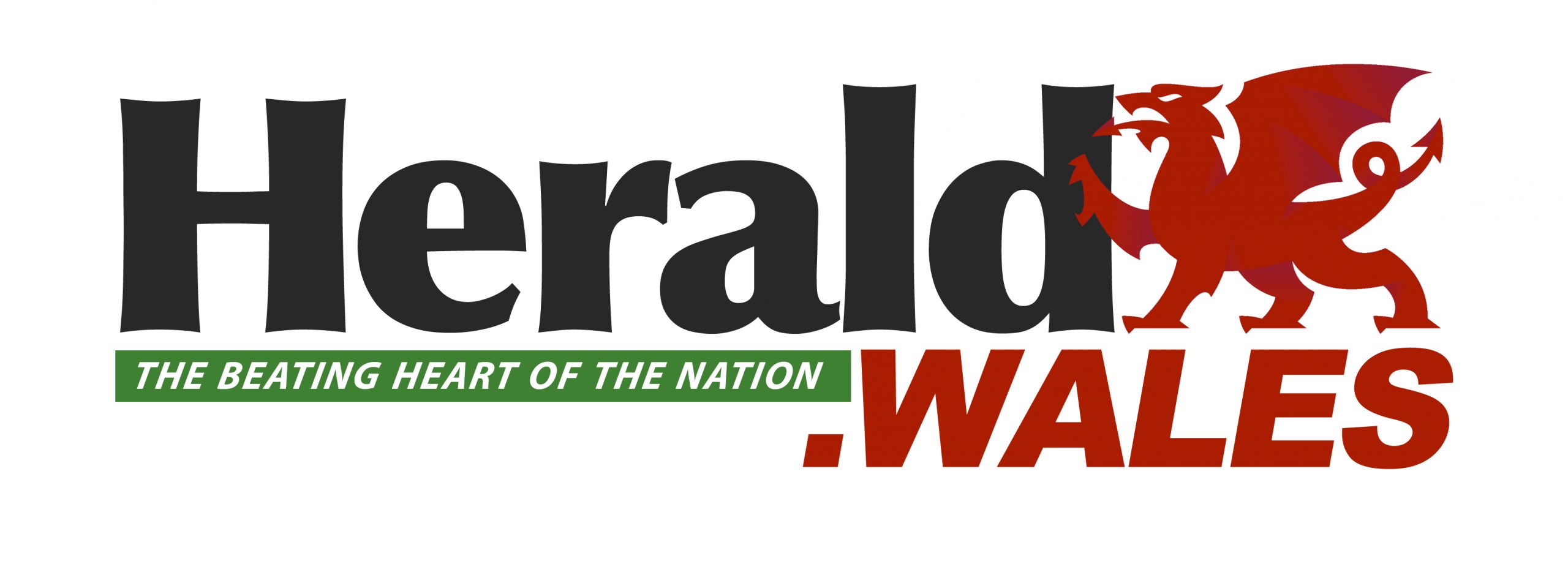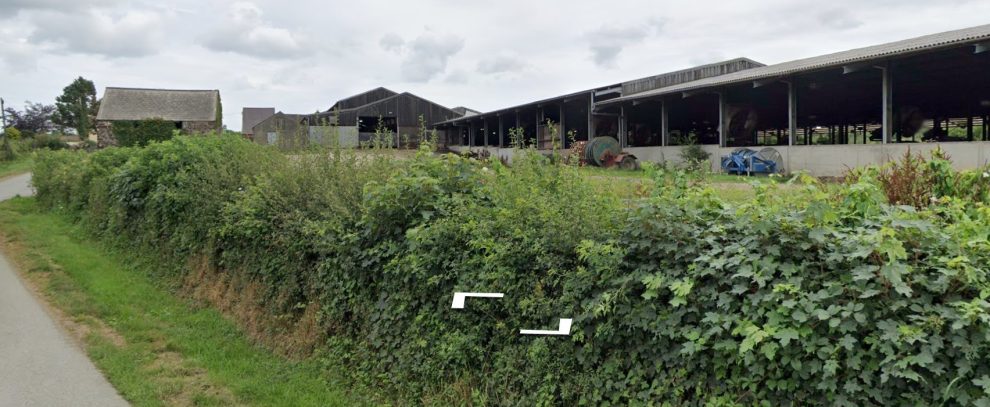PLANS for a heifer accommodation building and associated works at one of Pembrokeshire’s largest dairy farms, with a milking herd of 2,000 cows, have been submitted.
In an application to Pembrokeshire County Council, Hugh James of Langdon Mill Farms Ltd seeks permission for a 160-metre-long heifer accommodation building, a slurry separation/dewatering building and associated yard areas at Langdon Mill Farm, near Jeffreyston, Kilgetty.
A supporting statement through agent Reading Agricultural Consultants says: “The holding currently has a milking herd of approximately 2,000 cows, which are housed indoors for the majority of the year, with dry cows and heifers grazed outdoors when weather and soil conditions permit.
“There has been significant investment in buildings and infrastructure at the farm over the last decade in respect of cattle accommodation, slurry storage, milking facilities, Anaerobic Digestion (AD) plant, feed storage. Recently a calf and weaned calf accommodation buildings were approved by Pembrokeshire County Council with construction almost complete.
“The unit is efficient, achieving yields of more than 10,000 litres/cow/year, with cows being milked three times/day in the 60-point rotary parlour. Langdon Mill Farm currently directly employs 21 full-time, and three part-time staff. Of these, four live on site in the two dwellings opposite the farm, with the remaining staff living in the locality.”
It adds: “Although the unit has previously purchased heifers to aid expansion, the farm now breeds most of its own replacements to improve genetics and to minimise the ongoing threat of bovine tuberculosis (bTB).
“Following the completion of the calf and weaned calf accommodation buildings, the farm will be rearing all of the cattle under seven months at Langdon Mill Farm, before being transported off site to be reared at three farms in the local area. At 22-months the in-calf heifers are brought back to the maternity building to calve and then are introduced into the milking herd.”
It says the proposed building would be used by heifers between the ages of 7-22 months.
It adds: “The siting of the proposed heifer building is directly influenced by the adjacent calf and weaned calf buildings, with livestock being moved from one building to the next as they get older. By positioning the buildings next to each other, it will be possible to move livestock between the buildings without the need for vehicular transportation.”
It stresses: “Although large, the scale of the buildings is not unusual compared to those constructed on modern dairy units, and similar to those already found at the farm. As such it is considered that the proposed buildings are in scale with the existing farm unit.”
The application will be considered by county planners at a later date.













